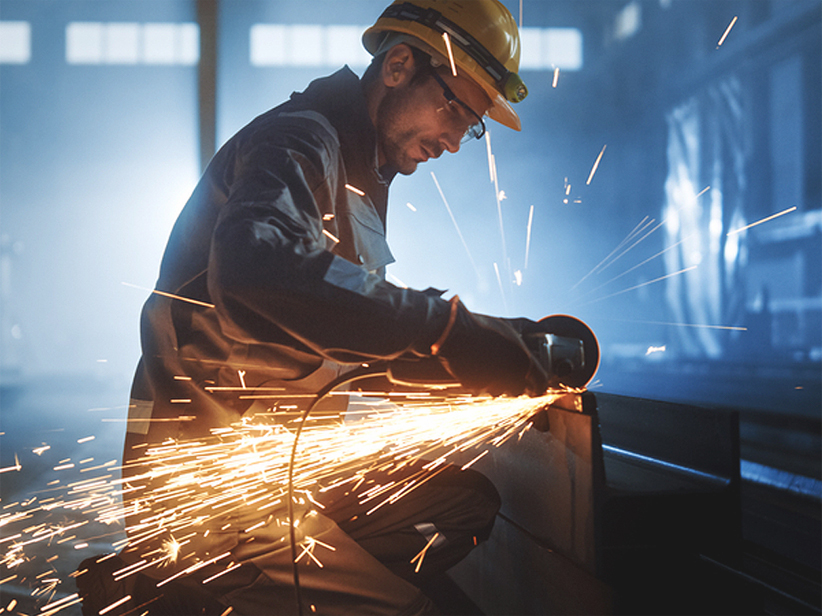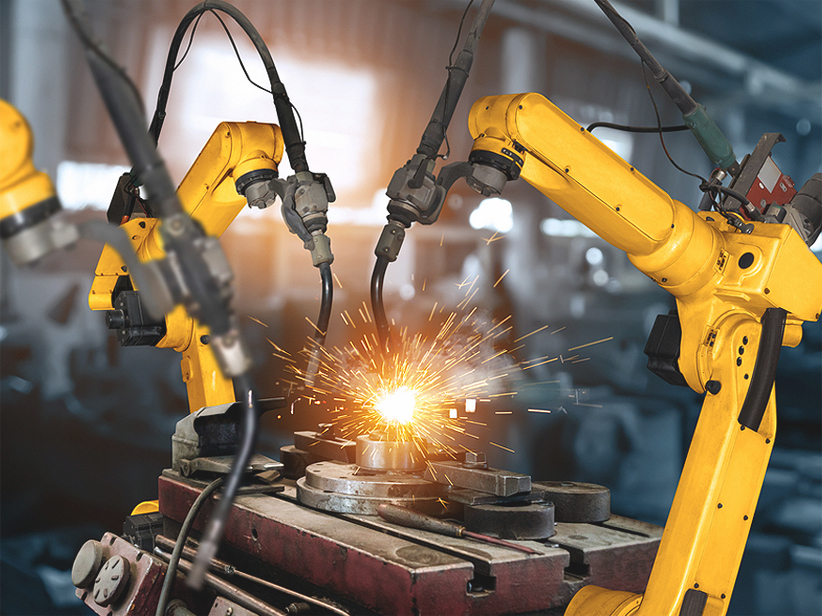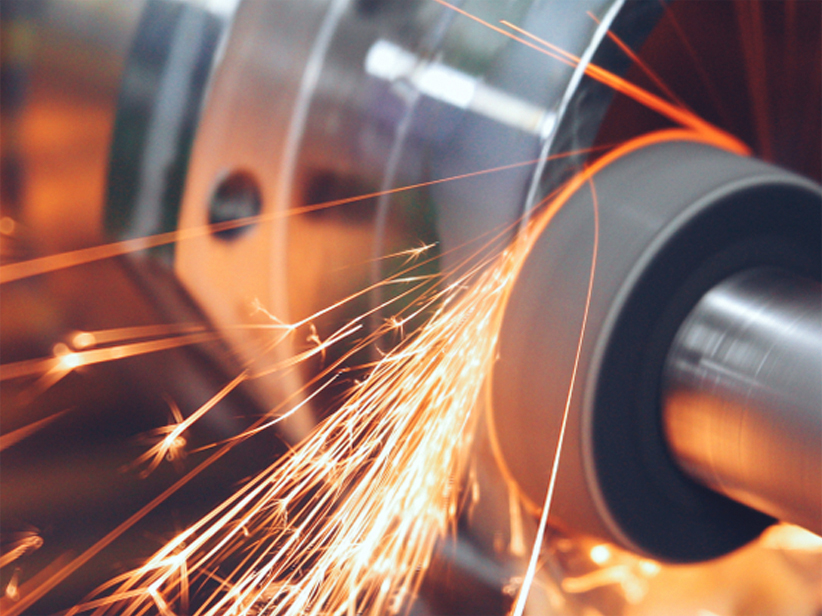Square Bars: Types, Sizes, Applications, and Benefits
Square bars are the top pick in most industries because they're tough, flexible, and elastic. These features make them the go-to option in engineering, manufacturing, construction, and similar fields. You can also get them in different materials with unique chemical compositions as per various needs, including titanium, nickel alloys, carbon steel mild steel stainless steel, and alloy steel.
Types of Square Bars
1. Stainless Steel Square Bars
Stainless steel square bars have the most reliable strength, certain resistance against corrosion, and are easily machinable. The SS 304 and 316 are the most used grades which find applications in marine, chemical, and food industries. The SS Square Bar is strong and resistant to extreme conditions and thus a suitable selection for applications with high performance needs.
2. Alloy Steel and Carbon Steel Square Bars
People often pick these bars because they're strong, resist rust, and can handle heavy loads. Alloy steel bars are another type that boost strength by mixing in elements like molybdenum and chromium. Carbon steel square bars are commonly utilized in structure and mechanical operations.
3. Nickel Alloy and Duplex Square Bars
Good corrosion and heat-resistant properties are shown by nickel-chromium alloys such as Hastelloy and Inconel. Uses in the chemical process and aerospace industries extensively employ them. Hence, duplex steel square bars exhibit dual strength properties and corrosion-resistance properties and are extensively utilized in offshore and seas environments.
4. Mild Steel Square Bars
Mild steel square bars are employed for general construction and fabrication applications where the demand for exceptional corrosion resistance is not of preeminent priority. Being cheap and weldable, they can be employed in structural uses.
5. Titanium Square Bars
Because of their high strength-to-weight ratios and exceptional resistance to corrosion, titanium square bars may be used in high-performance technical applications such as medical implants and aircraft.
Square Bar Sizes and Specifications
Square bars come in any size, finish, and quality to meet different industrial requirements. Square bars usually range from 3 to 6 meters in length and 5 to 70 meters in thickness. Black, polished, and bright finishes are available. ASTM A276 and ASTM A484, the most generally recognised technical standards, provide excellent manufacturing quality and longevity.
To ascertain the proper bar size required for a given application, there are square bar weight charts available. For example, the weight of a 50mm square bar would be different from that of a 12mm square bar, and these computed differences might aid in choosing the right part for the project.
Applications of Square Bars
Square bars have their applications in a number of industries:
- Construction: For structural components, reinforcement, and framework.
- Manufacturing: Used in the production of machine components, tools, and equipment.
- Automotive: chassis, axles, and components in vehicles.
- Engineering: fabrication, machining, and the production on a heavy scale.
- Aerospace: High-performance alloys are used in aircraft and space applications.
Benefits of Square Bars
- Strength and Durability: Compared to square bars, the mechanical properties are greater; therefore, these bars are reliable in load-bearing structures.
- Corrosion Resistance: Stainless steel and nickel alloy square bars guarantee life in extreme environments.
- Versatility: Square bars are capable of easy machining, welding, and fabrication; hence, various applications can be utilized.
Square Bars vs. Other Steel Forms
If comparing Square Bars vs. Round Bars, the use determines the selection. Square bars are better if load distribution is to be offered, whereas round bars are appropriate in rotational cases. Square Bars vs. Hex Bars identifies hex bars as used in precision machined fasteners, and square bars being used in structural structures. During Flat Bars vs. Square Bars, flat bars are used to reinforce, but square bars have the same strength in all directions.
How to Choose the Right Square Bar for Your Project
Selecting the right square bar is based on the material, size, and use. Environmental factors, load conditions, and corrosion resistance are significant considerations. Reliable Square Bar Suppliers and Square Bar Manufacturers offer quality up to industry standards. Consulting Square Bar Weight Chart data can also help make smart decisions for structural applications.
Conclusion
Square bars are indispensable in the current industries, offering strength, reliability, and versatility in most applications. For construction, manufacturing, or specialized aerospace application, Steel Square Rod or Metal Square bar selection matters for optimal performance. For quality and durable components, it is critical to work with trusted suppliers for SS Square or Square Channel bars for any job.
Also Read: Stainless Steel Hexagon Bars: Properties, Manufacturing, and Industrial Applications







